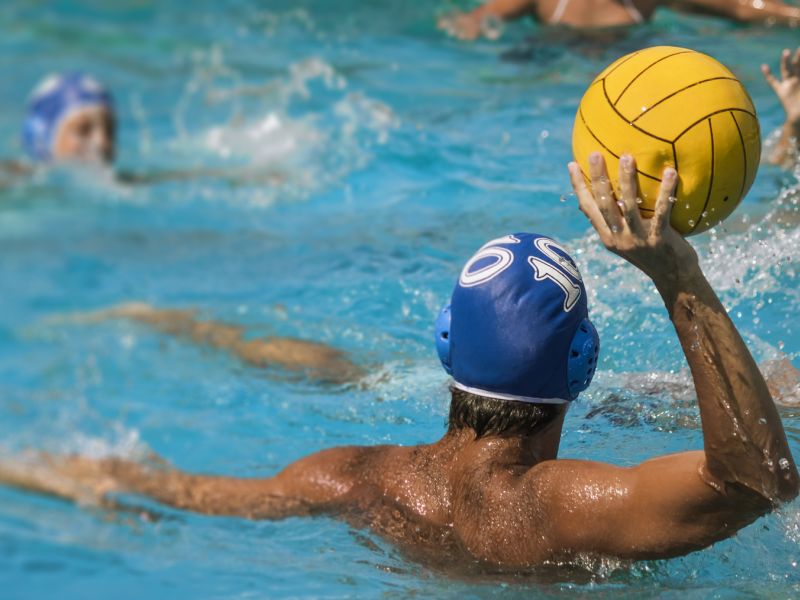SATURDAY, May 25, 2019 (HealthDay News) — Water polo players appear to face similar head injury risks as athletes in better-known sports, a new study FINDS.
“For years, water polo’s head trauma risks have been downplayed or overshadowed by football-related brain injuries,” said study co-author James Hicks.
“Our data quantifies the extent of the problem and sets the stage for additional research and possible rule changes or protective gear to improve water polo safety,” Hicks added. He is chairman of the department of ecology and evolutionary biology at the University of California, Irvine.
“People who’ve never seen a game may not realize how physical it is,” Hicks said in a university news release. “Head-butts and elbows. Balls flying up to 50 miles per hour.”
And while no concussions were diagnosed among players in the study, the force of the head blows was “similar to those observed in collegiate soccer, another sport that is commonly studied for the risks associated with repeated head impact exposure,” he added.
For the study, Hicks and his colleagues tracked several dozen players in Division 1 NCAA Men’s Water Polo over three seasons. The players wore caps embedded with electronic sensors.
Overall, the researchers counted an average of 18 head hits per game.
Offensive players were far more likely to get hit in the head than players in defensive and transition positions (60%, 23% and 17%, respectively), the findings showed.
Players attacking from the left side of the goal suffered more head hits than players on the right, possibly because right-handed athletes commonly throw shots from the left zone, the researchers noted.
Offensive center was the most dangerous position in terms of hits to the head. On average, those players took nearly seven blows to the head per game, which amounted to 37% of all head impacts recorded in the study.
The second-most vulnerable position, defensive center, averaged two head hits per game, according to the report.
The study authors concluded that “intercollegiate water polo athletes may represent a valuable cohort for studying the acute and chronic effects of repeated head impacts in sport to extend our knowledge of athlete physiology and neurology and to inform evidence-based policies to promote the safety of athletes and the benefits of sport.”
The study was published online May 2 in the journal PLOS ONE.
In a previous study, Hicks and a colleague found that 36% of 1,500 USA Water Polo players recalled at least one concussion during their playing career.
More information
The American Academy of Pediatrics has more on water polo injury risk and safety.
Copyright © 2025 HealthDay. All rights reserved.

